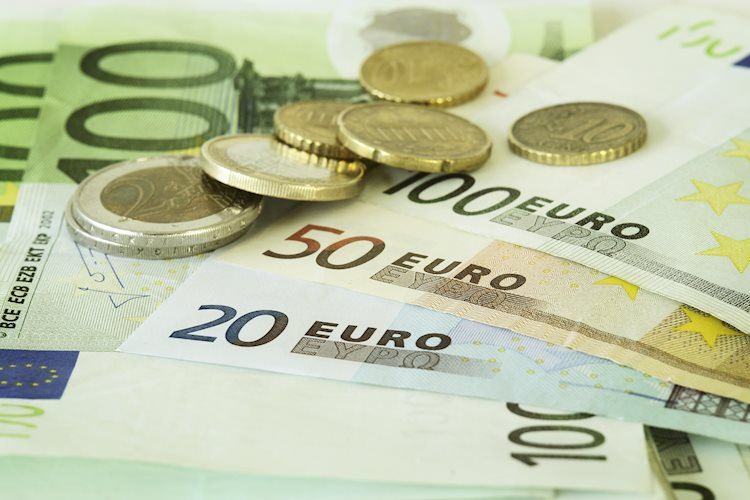The EUR/USD currency pair has experienced a volatile week as market forces continue to weigh on the Euro. The European Central Bank’s rate cut did provide a brief boost to the Euro, but momentum has since wavered as focus shifts to the upcoming Federal Reserve rate decision. Investors are closely monitoring the odds of a potential 50 basis points Fed rate cut, with the market currently pricing in a 45% chance of it happening.
The University of Michigan’s Consumer Sentiment Index showed improvement in September, reaching a four-month high as consumers’ outlook on the US economy gradually improves. Despite this positive data, there has also been an uptick in 5-year Consumer Inflation Expectations, pointing to potential inflation pressures in the future. Additionally, the US Export and Import Price Indexes declined more than expected in August, signaling easing inflation pressures in trade conditions.
EUR/USD has faced downward pressure from its recent highs near 1.1200 in late August, but the pair continues to find support from buyers and has not dropped below the 50-day Exponential Moving Average at 1.0984. The Euro is the currency for 20 European Union countries in the Eurozone and is the second most traded currency globally. The European Central Bank, based in Frankfurt, Germany, manages monetary policy for the Eurozone and is responsible for setting interest rates to maintain price stability.
Inflation data, as measured by the Harmonized Index of Consumer Prices, plays a significant role in determining the Euro’s strength. If inflation exceeds the ECB’s 2% target, it may prompt the bank to raise interest rates to control it. Additionally, economic indicators such as GDP, Manufacturing and Services PMIs, and consumer sentiment surveys can influence the direction of the Euro. Positive economic data can attract foreign investment and potentially lead to interest rate hikes, strengthening the Euro.
Trade balance data is another important indicator for the Euro, measuring the difference between exports and imports over a period. A positive trade balance strengthens a currency, as it indicates high demand for exports. The single currency’s performance also depends on the economic data from major Eurozone economies like Germany, France, Italy, and Spain. These countries play a significant role in the Eurozone’s economy and impact the overall strength of the Euro in the global market.











